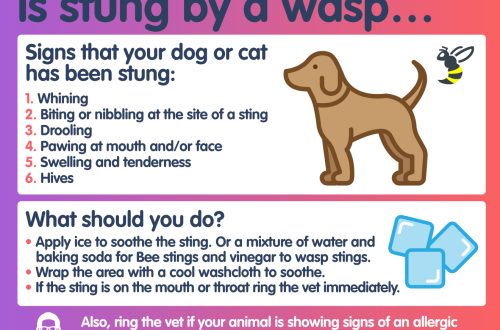
How to train a dog to be a therapist and get certified
Does a four-legged friend have all the necessary qualities to be a therapy dog? Maybe he is empathic enough that he can help other people? If the owner is ready to share his four-legged friend with the whole world, you can register the dog as a treatment dog.
How to Raise a Therapy Dog
Therapy dogs are either pets employed by an organization or pets trained to help strangers. They must be able to interact with many different people in places such as hospitals, nursing homes, schools and public institutions.
Therapy dogs are usually invited to the place where they will provide therapeutic services. This means that in any conditions they must be able to maintain concentration and behave as well-mannered as possible. Most programs require dogs to:
- knowledge of such commands as “sit”, “stand”, “lie down”, “to me” and “fu”;
- the ability to greet strangers in a friendly manner, both people and animals;
- calm reaction to loud noises or sudden movements: this is very important for therapy dogs working with young children who may squeal or grab the animal;
- the dog must be over a year old and have lived in the home for more than six months.
Each therapeutic organization has its own rules. Pet Partners, for example, requires dogs to be vaccinated against rabies according to the vaccination schedule and to wear certain types of leashes and harnesses. In addition, although the therapy program may not include such requirements, the pet must love car trips, since he will have to travel a lot on assignments in various regions.
Before getting a certificate
Once the owner decides that he and his four-legged friend will make an excellent therapy team, there are a few more factors to consider before proceeding with official certification.
Therapy Dogs International (TDI) requires a dog to have a veterinary examination report no more than a year old. She must also be vaccinated according to the vaccination calendar and have a certificate of a negative test for heartworms. TDI may have additional registration requirements for a therapy dog, depending on where you live. In addition to TDI, there are many other federal and state certification programs for therapy pets. It is necessary to collect enough information in advance before deciding which certification method is more suitable.
Some local programs require participation in certification classes, while others allow the dog and its handler to be tested and certified on site. If the pet is less than a year old, you may have to go through a completely different procedure and take a different approach.
When researching information on how to register a dog as a therapy dog, it’s helpful to come up with a list of questions to ask potential organizations.
- How far will you have to take your dog to the point of treatment?
- How much time will you have to spend as her conductor?
- Can one owner be the guide of several therapy dogs at once?
- Can two dogs be trained as therapy companion dogs?
- If a dog fails the certification test on the first try, how many retakes is he allowed to take?
Why register a dog as a therapy dog?
The American Kennel Club (AKC) recommends that owners review their reasons for wanting to register their pets as therapy dogs. If a person is already working as a volunteer, therapy dogs for children, the elderly and other vulnerable categories of the population will be able to help in the work.
The more hours an owner with a dog is willing to devote to volunteer work, the more certificates they can earn through the AKC. The AKC website has a search feature that will help you find programs that offer different types of therapy dog registration and certification. Before registering for the program, you must:
- Conduct research and choose a program that best matches the most valuable qualities of the dog.
- Ask questions to make sure the dog is suitable for the role.
- Consider watching another therapy dog and handler at work to learn about their experience first hand.
- Do not limit yourself to the information provided on the Internet, but ask additional questions by phone.
- Don’t think that a particular task suggests that the dog will be of a particular breed. It all depends on the skills and abilities of the pet.
Helping a four-legged friend become certified as a therapy dog can be a valuable experience for family members, the pet, and those around them. Something useful for society will definitely come out of this.





